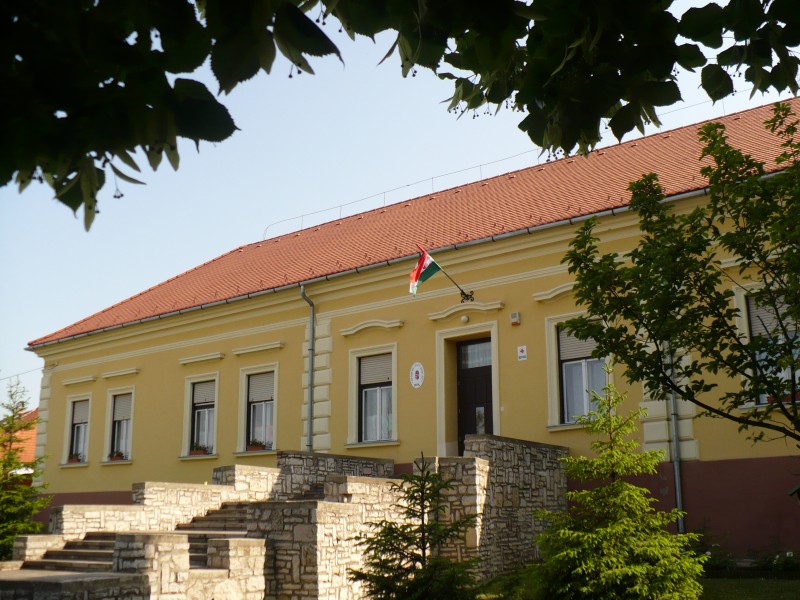“Where the land ends and the sea begins,” this is how one of the most famous poets of Portugal, Luis Camoes (1524-1580), described the westernmost point of the European mainland, which we also managed to see at the end of March.

If we also take into account the islands, then the westernmost point of Europe is located in Iceland, or further afield, part of the Azores belonging to Portugal. Flores Island on its western coast. But if we consider only the continent, the Cape of Rocks near Lisbon, i.e. Cabo da Roca, is the westernmost place. This is what this article is about.
If you’re staying in Lisbon, you can approach Cabo de Roca on Portugal’s west coast from Sintra, which is a 40-minute train ride away, or Cascais, known for the resorts of the wealthy – both places you should stop to look around for a while! We reached the westernmost point of the continent from Sintra, famous for its magical gardens and romantic buildings, which means another 35 minutes by bus, but fortunately the landscape is covered with lush vegetation, the villas along the way and the clothes fluttering in the wind in the windows provide plenty of admiration, so it passed 35 quickly min.

We hardly noticed it, and the buildings had already disappeared from our view, and a seemingly endless green landscape opened before us. Rolling hills covered in fleshy foliage could be seen in all directions, but not a single tree could be seen in the area. However, the greenish, sometimes dark blue of the ocean that appears in the valleys between the hills indicates that we have come to a picturesque place.

We can already see from the bus that it is very windy, and the tourists hanging out in the area are almost weatherproof. By the way, this is also the reason why trees do not grow here, because most plant species cannot settle here due to the constant winds. The footpaths pass not through the foliage, but among the colonies of the Hottentot fig, a creeping plant with juicy, fleshy leaves. Native to South Africa, this plant escaped from a local garden three decades ago, and because it can withstand the harshest conditions, it has spread across the region. But the information booklet obtained from the tourist office at the bus station also mentions one of the plants endemic to the site, the broadleaf clove (Armeria pseudarmeria), which also grows well here because of the strong north and northwest winds, high humidity due to the proximity of the ocean, and frequent fog.
It is a short walk from the bus stop to the lookout point, where you can read the quote mentioned in the introduction on the monument. Land covered in green vegetation abruptly ends here, and barren rocks drop into deep blue waters. As I look down from behind the guardrail, the shimmering waters of the endless ocean open up to me almost 180 degrees. Our height is 150 meters, so the mass of water seems larger than if we were looking directly from the shore; An unforgettable sight as the water slowly ripples in the sunlight and then crashes against the rocks along the shore.

These windswept rocks and hills were thought to be the edge of the world until the 14th century. Today we realize that America begins on the other side, but standing here still feels as if the world ends here. It’s not hard to imagine how the great geographical explorers of the 15th century felt when they set out on this huge, little-known body of water.
Fortunately, the slopes of Cabo da Roca haven’t been built up much, only here is a lighthouse from 1772, a café/restaurant, and the already mentioned tourist office. If we do not feel that a photo is sufficient evidence that we have been here, we can request a handwritten certificate from the Tourist Office. About 30 minutes is enough to look around, enjoy the ocean view, and take a few photos, but those who like to hike and bring appropriate windproof clothing should stay longer.

There are hiking trails in the north that lead to the beautiful rocky and sandy beaches of Praia da Ursa and Praia da Agrada, the former can be reached in one hour and the latter in two.
Cabo da Roca can be reached by bus between Sintra and Cascais, and both cities are definitely worth exploring. More information about transportation on this page You will find.












































